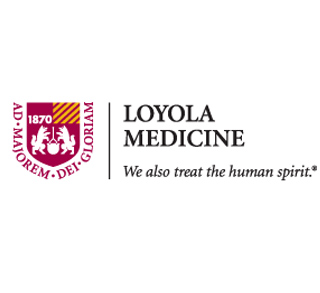
The recently conducted analysis involved a type of leukemia entitled mixed lineage leukemia. Reportedly, only 25 to 50 percent of babies with mixed lineage leukemia managed to survive against the severe disease. Possibility to terminate cancerous cells was apparently demonstrated where the study aimed at a protein called DOT1.
The investigation also revealed the dying of these cancerous mixed lineage leukemia cells without the DOT1 protein. Apparently, between 5 and 10 percent of all leukemia patients are MLL positive. Apart from this, the survival rate for children who are older than 1 and are diagnosed with mixed lineage leukemia comes to around 75 percent.
When compared with most other childhood leukemia, the survival rate gets closer to 90 percent. Adults who have developed MLL leukemia also have lower survival rates than those with other types of leukemia. The most recent analysis from Loyola highlights the possible way of attacking MLL cells, by targeting the DOT1 protein. This particular protein seemingly functions in conjunction with the mixed lineage leukemia protein.
“A double-barrel approach – targeting both the DOT1 and MLL proteins –potentially could be a more effective treatment than current chemotherapy, with fewer side effects. But it will take years of additional research and testing before such a treatment would be available for patients,†shared Hemenway, Professor in Pediatric Oncology and division director of Pediatric Hematology/Oncology at Loyola University Chicago Stritch School of Medicine.
The study also demonstrated that the above stated protein is critical for keeping MLL cancer cells alive. Loyola researchers are further teaming up with researchers from Nemours/Alfred I. duPont Hospital for Children in Wilmington, Del., to identify molecules that could disable DOT1.
The study on this new possible way of treating a fatal leukemia in babies was presented at the 2011 meeting of the American Association for Cancer Research in Orlando, Fla.
